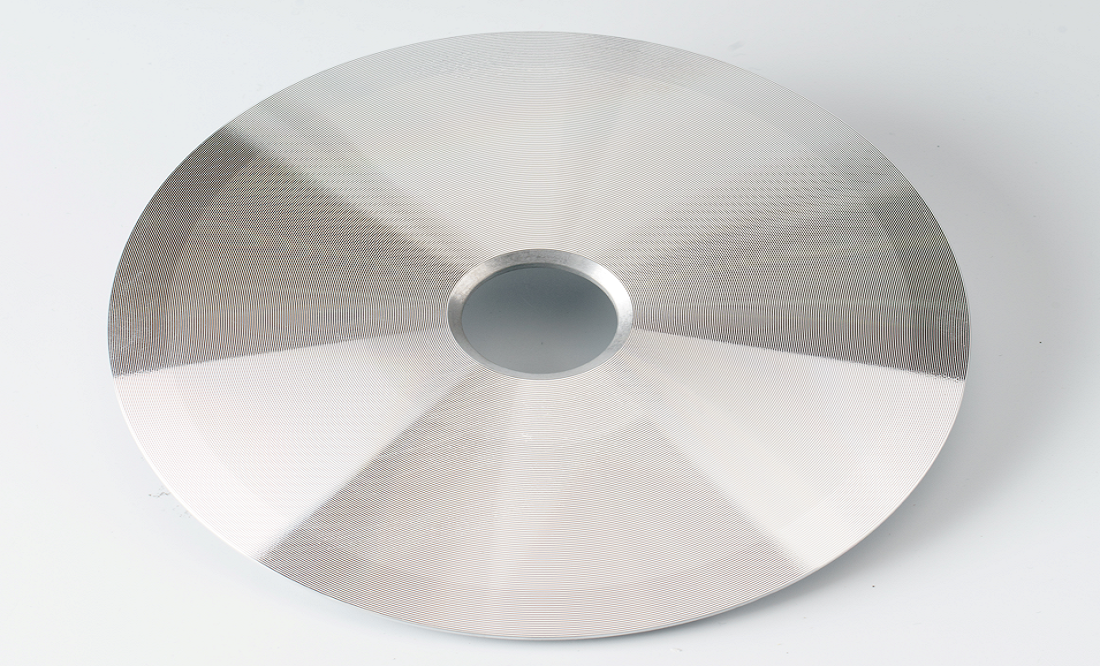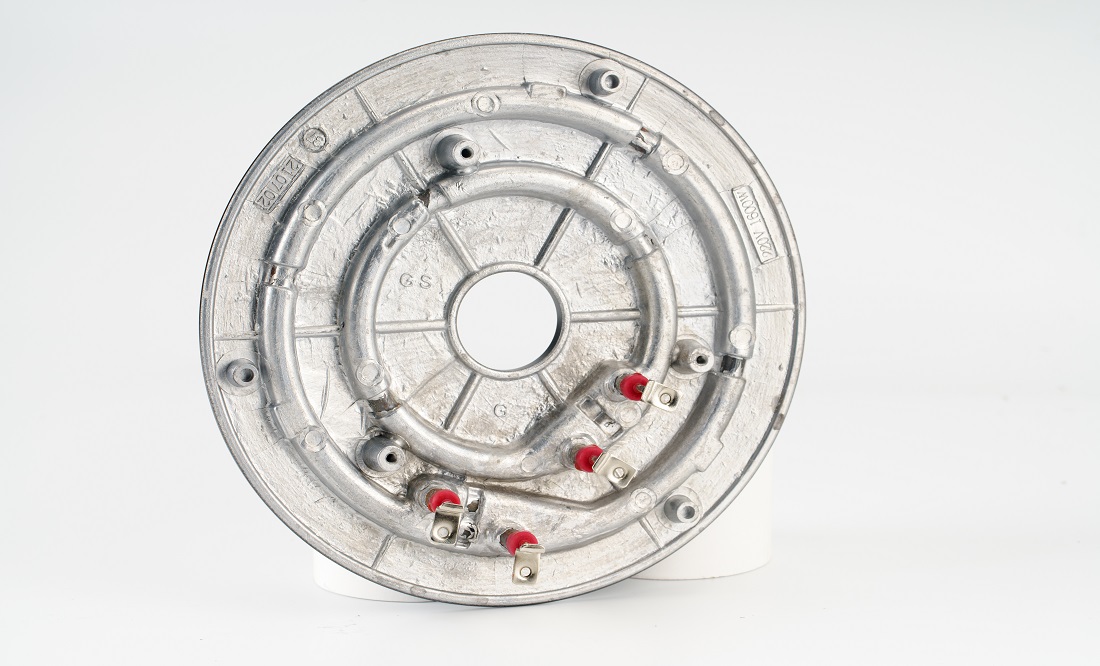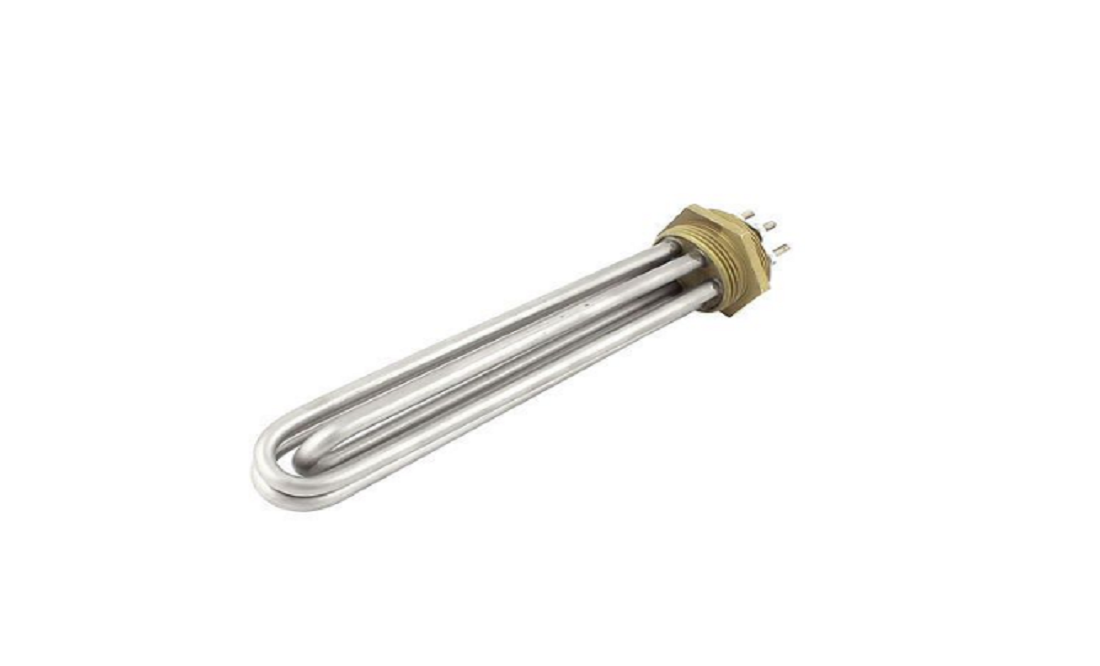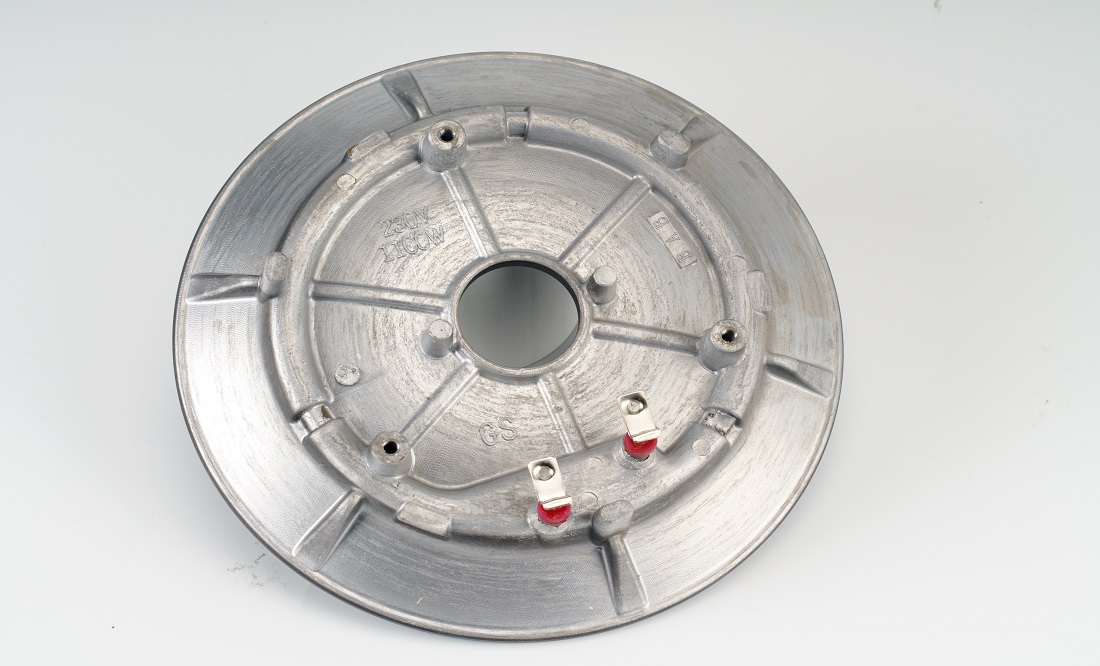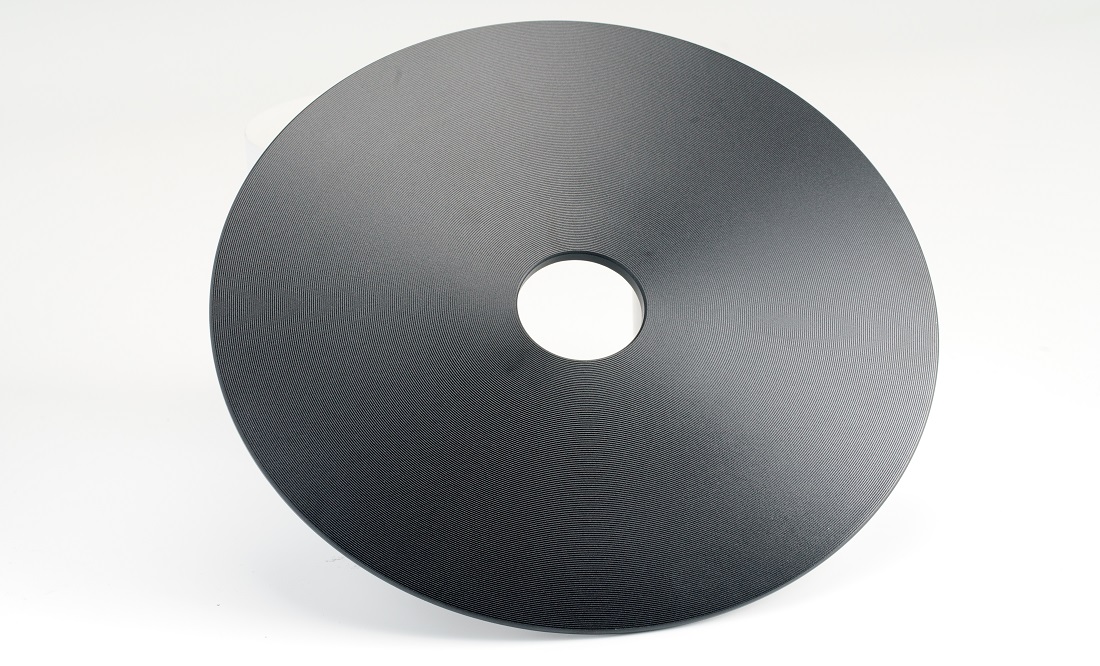With the development of modern cities, demand for aluminum alloys has increased rapidly. This article will explain the reason why aluminum alloy is one of the potential materials in the world and to have the future through the casting processes. Moreover, the applications of aluminum alloys in heating and infrastructure, such as heating tubes in air fryers and window frames.
Due to the greatness of corrosion resistance, flexibility, and high-quality recycled metals, aluminum alloys are versatile in manufacturing and life.
Aluminum Alloy
Aluminum is one of the chemical elements which symbol Al and its atomic number are 13. The density of aluminum is lower than other common metals, about one-third that of steel. It has a strong affinity for oxygen and will form a protective oxide layer on the surface when exposed to air. As aluminum is a negatively charged metal that has a strong affinity for oxygen and is the sixth most malleable and second most malleable metal on the planet. Aluminum alloy is an alloy in which aluminum is the dominant metal, combined with other metals, such as copper and silicon. Aluminum alloy has lightness with a density of 2.7g/ccm and has a high degree of conductivity. Thus, it has been applied in various areas, such as automobile industries and home appliance manufactures.
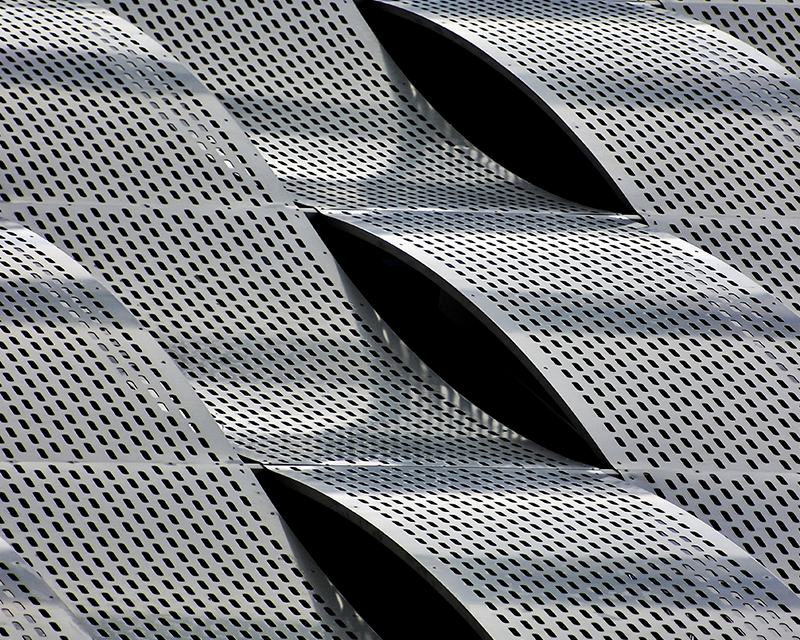
Aluminum is a good electrical conductor, so it is often used in power transmission lines. In addition, due to its high volumetric energy density, it is used as the main propellant of the space shuttle solid rocket booster engine. Corrosion resistance, reflectivity, and recyclability are other advantages of aluminum, making it an excellent choice for industrial applications. The combination of aluminum and alloy creates new types of industrial materials. When aluminum melts to liquid and then mix alloy on it and wait for cooling down. Aluminum has good corrosion resistance to oxidizing acids such as nitric acid and acetic acid. Therefore, aluminum castings also could be used in the chemical industry. In addition, aluminum alloy has thermal conductivity, which is beneficial to heat exchange devices used in chemical production, such as cylinder heads and pistons of gas turbines.
The growth of the global aluminum market is stimulated by the development of the transportation industry. Aluminum Market Outlook said that the value of the aluminum market in 2018 was US$147.2 billion, and it is expected to reach US$189.8 billion by 2026, with a compound annual growth rate of 3.2% from 2019 to 2026. The developing transportation industry and research and activities of industries have promoted the growth of the market. However, competition for substitutes has intensified, and fluctuations in alumina and raw material prices are some of the factors that limit the growth of the aluminum market. Because of its value, aluminum is recyclable and profitable material for many countries, especially developing countries.
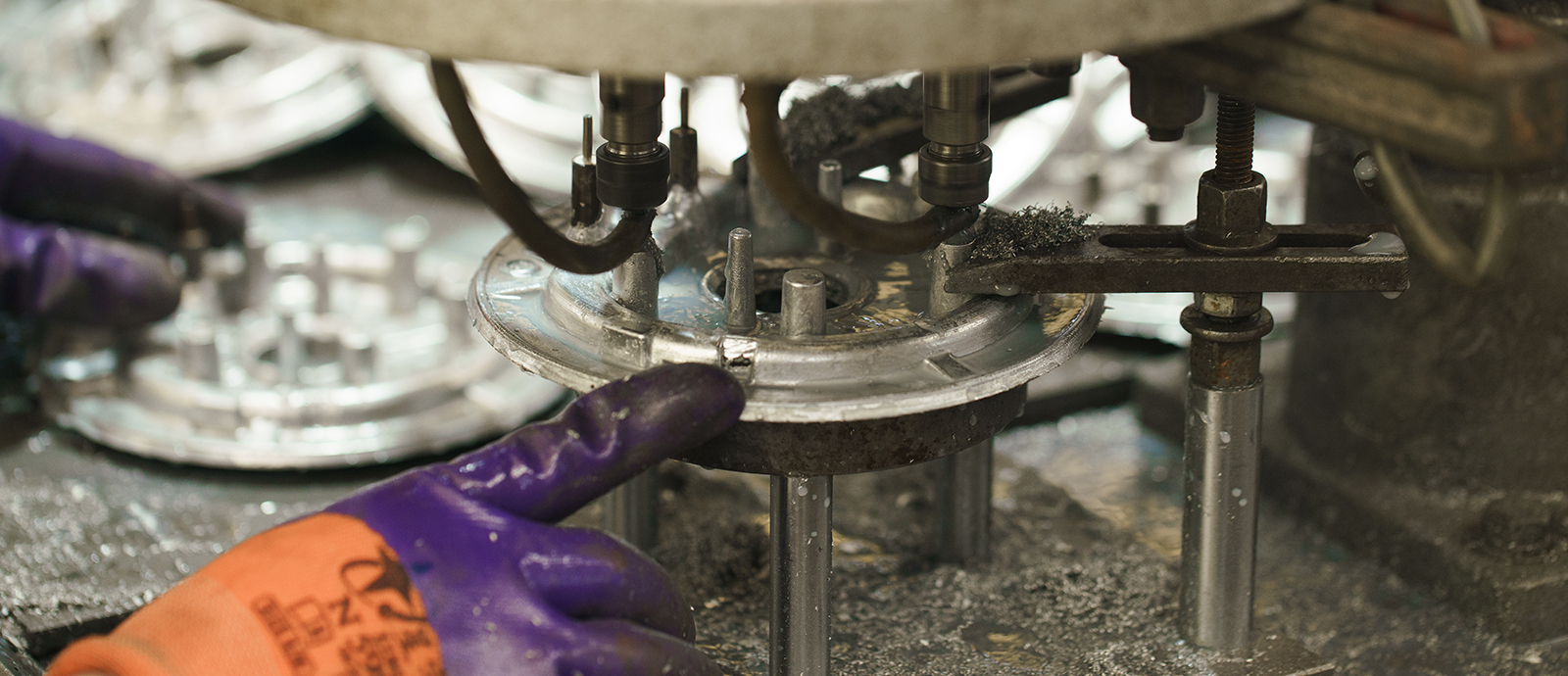
Aluminum alloy is an essential material in the electric transportation market. According to the resources from REUTERS website, it is believed that each electric car uses an average of about 250 kilograms of aluminum. In 2018, the global aluminum demand of electric vehicle manufacturers was about 250 KT (thousand metric tons), and it is expected to reach 10 MTPA (million tons per year) by 2030. The penetration rate of electric vehicles in India is expected to be about 10-20. Ajay Kapoor, the CEO of Aluminum & Power and MD, said that by 2030, it will be driven by four factors-regulations, incentives and government investment, the cost competitiveness of electric vehicles, and OEMs investment and charging infrastructure. According to Wood Mackenzie’s analysis, estimates that the demand for aluminum for electric vehicles in 2025 is 2.4 million tons, accounting for 3.3% of the total main demand, almost two times of 2020.
Hydro REDUXA is one of the low-carbon aluminum series. By using renewable energy sources such as hydropower, Hydro REDUXA can decrease its carbon footprint to 4 kg CO2 equivalent per kg of aluminum (less than a quarter of the global average). Therefore, aluminum could have one of the lowest carbon footprints in the world-providing automotive industry customers with the greatest opportunity for sustainable development. Besides, Hydro uses renewable energy from water, wind, and solar energy to produce aluminum that is cleaner than ever before.
According to Tesla CEO Elon Musk, the new aluminum application shows a fundamental step in its design and manufacturing advantages and its lightweight potential. However, some technical issues of aluminum alloy application in electric vehicles show up as well. It turns out that aluminum is cumbersome to use in large parts because it is difficult to stamp into complex shapes. In order to obtain complex ridges and other shapes, aluminum parts need to be glued or riveted because welding deforms the metal. To inject molten aluminum into the casting and having the robot pull out the molded metal allows Tesla to combine multiple manufacturing steps. Sandy Munro, CEO of Munro & Associates, a manufacturing consulting company, criticized some of Tesla's manufacturing processes and praised its improvements, and had the process of solving the issue.
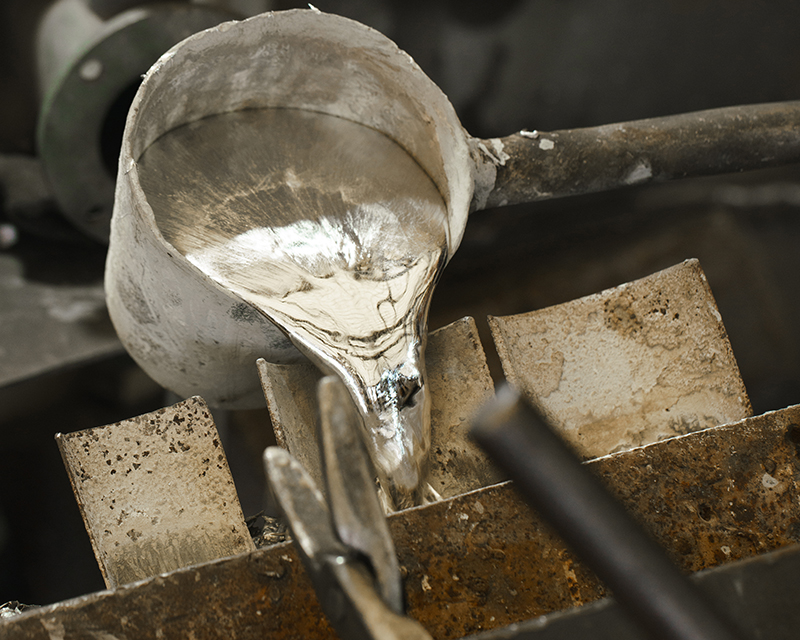
Aluminum alloy has a low melting point, so metal molds and pressure casting methods can be used to improve the aluminum alloy quality, accuracy, and smoothness. The solidification process of aluminum alloy liquid is longer than that of cast steel and cast iron, but it has good fluidity, so it is conducive to casting thin-walled and complex castings.
Types of Aluminum
Modern aluminum castings are combined with alloys to increase their strength. Since aluminum is a light metal, three times lighter than iron, it must be mixed with alloys during the manufacturing process. Although the density is low, it is still very strong, with a tensile strength of 70-700 MPa (strength). It is easy to process and has sufficient ductility for extrusion. To increase its strength and elasticity. Because pure aluminum is malleable, other metals are added during the manufacturing process to increase its strength. This combination creates a very strong, corrosion-resistant, and inexpensive product.
The Aluminum Association has registered various aluminum alloys from the 1000 series (with 99% aluminum) to the 8000 series. The higher the number, the stronger the mixture of aluminum and alloy. Classification is carried out by the heat and mechanical treatment and alloys added to aluminum. The type of alloy determines the characteristics and applications of the final product.
Casting & Die Casting (Aluminum Alloy Casting)
Aluminum casting is a mental process of pouring liquid metal into a mold or form. The method is to use aluminum and aluminum alloy as liquid metal poured into the mold. Therefore, this is often advantageous for the manufacture of complex and precise parts to satisfy clients’ needs of production. In the meantime, the cost can be controlled appropriately by choosing an effective way to casting repeatedly. Aluminum alloy, as a special material, which has a smooth surface of silvery appearance after casting, can be tumbled, painted, plated, anodized, polished, even casting with clear logos or letters.
There are four main aluminum casting methods: die casting, permanent mold casting, and sand casting. Three methods would be shown below in the article.
Die Casting
Die casting, a metal casting process, that presses molten metal into a mold. It produces precision metal parts with the advantage of precise dimensions and a flawlessly smooth surface. The process of producing fine parts creates an excellent environment for providing suitable mass-produced products. Die castings are made of non-ferrous metals such as zinc, copper, aluminum, magnesium, lead, tin, and tin. There are two methods of die casting, which are hot chamber and cold chamber. The process of die casting mainly depends on the type of metal and part. For example, the cold chamber method is used for metals with high melting temperatures such as alloys of aluminum. And hot chamber dies casting is limited to metals that do not dissolve when heated, such as zinc, lead, and magnesium alloys.
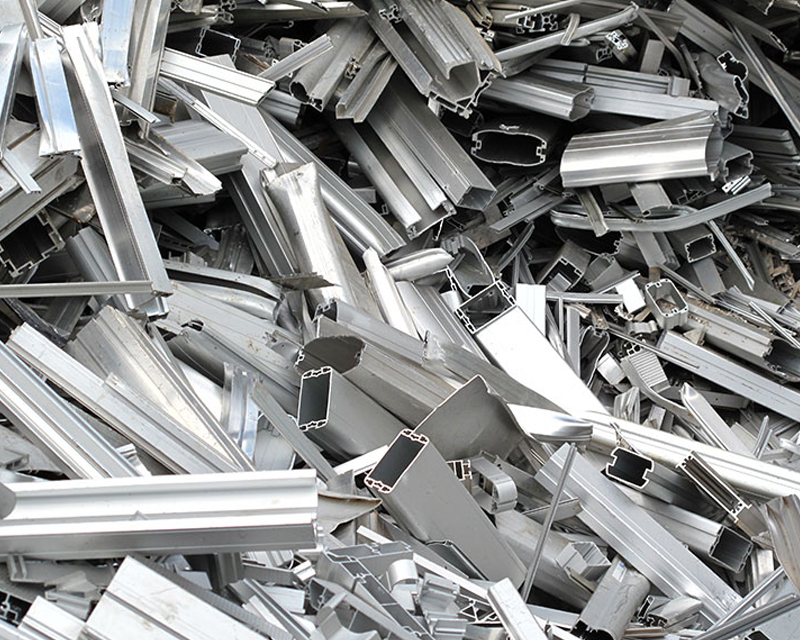
Because of the benefit of being efficient and economical, it provides a variety of shapes and components to satisfy the application. The produced parts have a long life and can produce visually attractive products, which bring significant advantages and benefits to designers. The high speed of die-casting produces complex shapes with tight tolerances and does not require post-production processing. Besides, no additional tools or molding are required in the process with heat resistance and high tensile strength of the finished product.
Die casting is very similar to permanent die casting. The difference is that the molten aluminum is injected into the cavity under pressure instead of gravity pouring and filling. Apart from this functional difference, there are no other differences in it.
Permanent Mold Casting
The mold does not fall off (just like in sand casting). Create a reusable metal mold and fill the cavity with aluminum. Then the mold is separated after cooling, and the finished product is ejected or taken out. The process of casting has a higher degree of pressure tightness and the strength could be increased 15% than sand casting as well.
Sand Casting
The mold is made of a sand mixture and contains a cavity into which the molten aluminum alloy used to make the part is poured. Once the aluminum cools and solidifies, the sand mold would be fall off the part.
The weight of sand castings can range from ounces to 200+ tons. By using the core, the internal structure can be cast in place. Special-shaped parts highly rely on the imagination of the designer, which means most sand castings require at least some machined surface due to inherent tolerances of the process or need to be matched with other parts.
Air Set/no-bake Casting
Air set/no-bake casting is a type of sand casting that involves the creation of molds from chemically treated sand. It provides a better surface finish and tighter dimensional tolerances for the final product. This kind of sand mold can be created quickly, but the surface of the casting may be slightly rough. One of the advantages of air set/no-bake casting is the consistency between the parts, with few surface defects.
Other Applications of Aluminum Alloy - Aluminum Tubular Heater
Using aluminum pipe as the heating carrier, to put the heating wire into the aluminum tube to manufacture different shape components. One of the reasons why a tube heater becomes an effective conductor is because the effective thermal conductivity varies with the length of the heat pipe. Compared with copper, the long heating tube could be close to 100kw/(m.k), which is about 0.4kw/(m.k) depending on the need of the object.
It can be widely used in defrosting and heat preservation products, such as refrigerators, air fryer, and other electrical equipment. The heating speed is fast, uniform, and safe. It can satisfy the requirements of heat dissipation conditions through thermostats, power density, insulation materials, and temperature switches. It is mainly used for defrosting, deicing, and other power heating appliances.
Tubular heaters provide a comfortable temperature for living places and office places as well, and it is a great way to maintain the cost-effectiveness option than other alternative choices. However, it does play a role in outbuildings where people want to maintain room temperature to prevent icing and condensation. Many people usually use alternatives in these environments, such as paraffin stoves or electric fan heaters. But these also have disadvantages for sure, even the best paraffin heaters emit a certain amount of smoke, which can cause major fire risks. The electric fan heater provides instant heat, but the range is very limited.
Another disadvantage of these alternatives is that they are either closed or open and cannot keep the environment at a stable ambient temperature. Tubular heaters do not have all these problems that show above. The electricity that people use for it is only a small part of the heater, and it is cheaper, cleaner, and safer than paraffin wax. By using the built-in thermostat, the temperature is kept at a constant level and the energy consumption is kept to the lowest as much as possible.
Conclusion
In conclusion, the article mainly introduces the industry of aluminum and what applies could be provided in different areas, especially in the electric vehicle industry. The advantages of the material and the potential vehicle market value in recent years. Different types of casting also have been shown and the process and benefits and limitations of different casting. Last but not least, the combination of aluminums and tubes are affecting people’s daily lives.
CONTACT US


Foshan City Gaoming Gaosheng Alum Co., Ltd.
We are always providing our customers with reliable products and considerate services.
If you would like to keep touch with us directly, please go to contact us


